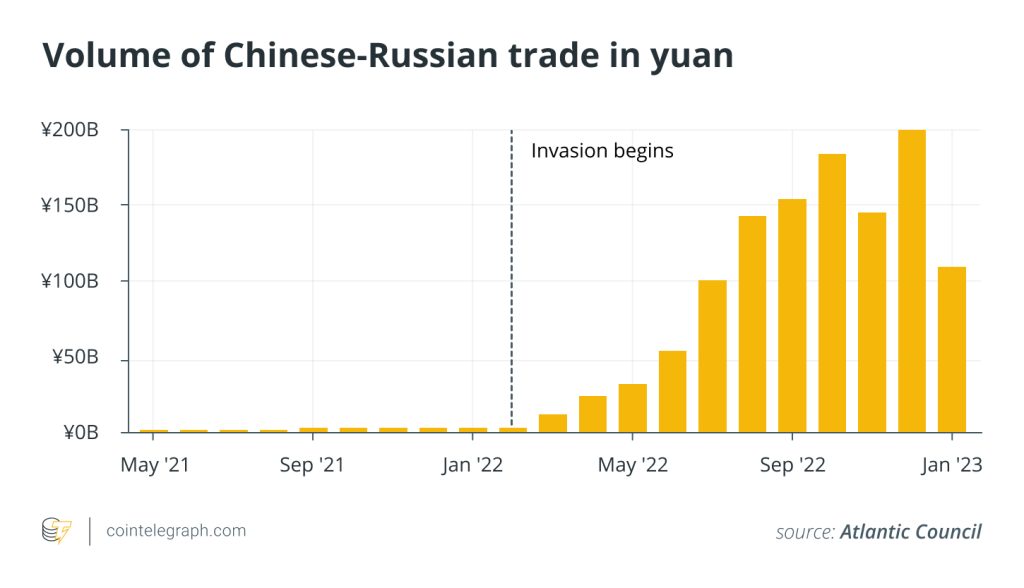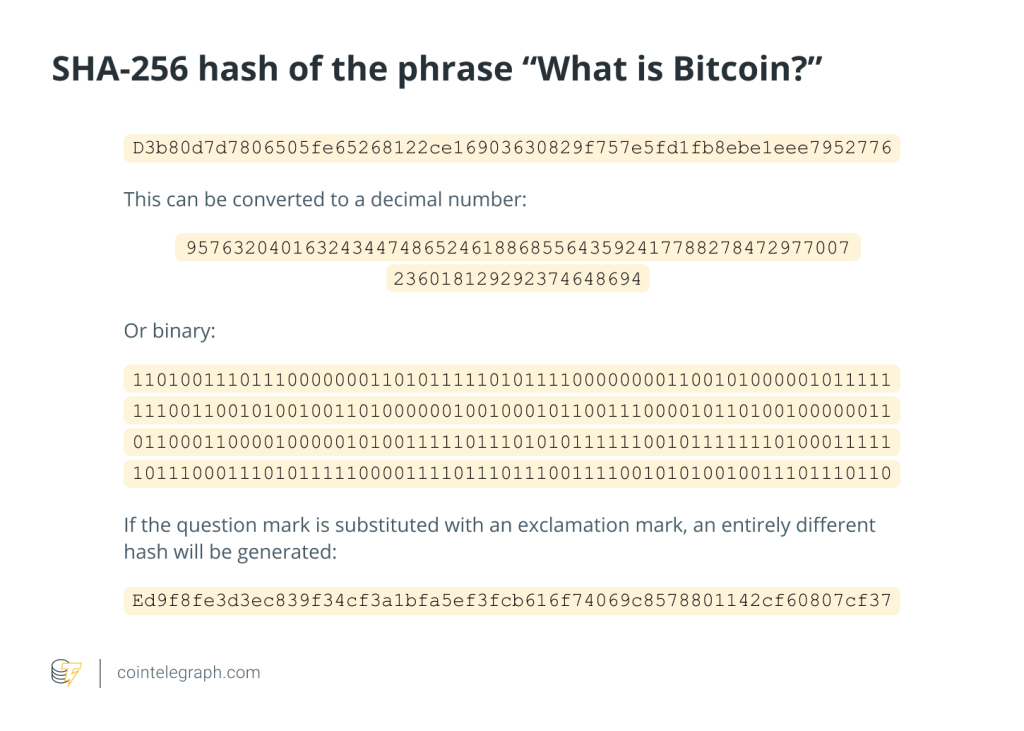LEARN CHANDE KROLL STOP IN 3 MINUTES – BLOCKCHAIN 101

Summary
The volatility of the digital currency market has made it a popular choice for investors and traders, but it also comes with substantial risks. Reducing risk in market trading has become an essential preparation before trades.
Setting a stop-loss point is an effective way to mitigate these risks. This article will delve into the Volume-Price Analysis CKS (CHANDE KROLL STOP), hailed as a secret weapon in digital currency trading for risk protection. It aims to assist traders in better identifying their stop-loss points and will provide a practical example to demonstrate the application of CKS.

What is Chande Kroll Stop (CKS)?
Chande Kroll Stop (CKS) is a technical indicator designed to help traders determine stop-loss points in a trending market. It is named after its creators, Tushar Chande and Stanley Kroll.
The primary purpose of CKS is to offer a dynamic stop-loss strategy that adjusts to changes in market volatility. This indicator is based on measuring market fluctuations. Therefore, as market volatility increases, the stop-loss range expands, and as it decreases, the range contracts. The central tenet of this strategy is that larger stop losses are needed to tolerate price swings when the market is more volatile.
The Role of Chande Kroll Stop (CKS) Indicator in the Crypto Market:
The Chande Kroll Stop (CKS) indicator can help cryptocurrency traders manage risk more effectively and formulate efficient stop-loss strategies in the crypto trading arena.
Here is the role of the CKS indicator in the cryptocurrency market:
Dynamic Stop-Loss Strategy: Cryptocurrency markets typically exhibit extremely high volatility with significant price fluctuations. CKS allows traders to dynamically adjust their stop-loss points based on changes in market volatility. When the market is more volatile, CKS sets a wider stop-loss to tolerate larger price swings. This helps prevent premature stop-loss triggers due to short-term price fluctuations, thus enhancing traders’ ability to stay in the market.
Protecting Capital: Cryptocurrency markets carry potential high risks, with prices potentially plummeting sharply in a short time. CKS can aid traders in safeguarding their capital against substantial losses. When a price trend reverses, the dynamic nature of CKS allows the stop-loss point to adjust accordingly, ensuring losses are minimized.
Adapting to Different Market Conditions: Different cryptocurrency markets might exhibit various volatilities and trends. CKS can be adjusted based on the specifics of each particular market, thereby adapting better to the unique characteristics of different markets. This is especially important for traders dealing with multiple cryptocurrency assets.
Providing Trading Discipline: CKS can assist traders in establishing trading discipline as it offers a clear stop-loss strategy. Disciplined trading is crucial for trading success since it can prevent emotionally driven decisions and overtrading.
Dealing with Market Uncertainty: Cryptocurrency markets are often filled with uncertainties; news and events can massively impact prices in a short duration. CKS can help traders manage risks better during market upheavals, offering an added layer of security.
It’s crucial to note that CKS is merely a tool. It’s not infallible and cannot guarantee 100% success. Traders should exercise caution when using CKS and combine it with other analyses and strategies for decision-making. Moreover, the parameter settings of CKS should be adjusted according to specific market conditions and individual risk preferences. In the cryptocurrency market, it’s recommended that novice traders first engage in simulated trading or trade with small amounts to test and familiarize themselves with the effects of CKS.
Practical application of the Chande Kroll Stop (CKS) Indicator
The calculation of the CKS indicator typically involves the following steps:
Calculate the Average True Range (ATR): The ATR is an indicator used to measure market volatility. It gauges the average range of price fluctuations over a period of time, often calculated over a defined time span like 14 days. Typically, the ATR calculation involves finding the range between the highest and lowest prices, as well as the difference between the previous day’s closing price and the current day’s high or low.
Calculate the CKS Value: The CKS value is usually a multiple of the ATR and can be set based on individual preferences. It could be 1 times, 2 times, or other multiples of the ATR. The CKS formula is generally CKS = ATR x N, where N is the chosen multiple.
Determine the Stop-Loss Point: Once the CKS value is determined, it can be added to or subtracted from the current market price to ascertain the dynamic stop-loss point. If the CKS value is positive, the stop-loss point will be added to the current price; if negative, it’ll be subtracted.
Use Case
When employing the Chande Kroll Stop (CKS) indicator, the typical procedure is to calculate the CKS value and then add or subtract it from the current market price to establish a dynamic stop-loss point. Here’s a simplified practical case detailing the CKS calculation:
Background: Suppose you’re a cryptocurrency trader focusing on the Bitcoin (BTC)/US Dollar (USD) trading pair. You wish to utilize the CKS indicator to set a stop-loss point, safeguarding your investment.
- Calculate the CKS Value:
Calculate the Average True Range (ATR): First, choose an appropriate time span for the ATR. In this instance, we’ll opt for a 14-day period. Over the past 14 days, the daily price ranges (highest and lowest) and the difference between the previous day’s close and the day’s high or low are as follows:
Day 1: High – Low = $10
Day 2: High – Low = $15
…
Day 14: High – Low = $20
To get the ATR for 14 days, sum up the 14 days’ ATR values and divide by 14:
ATR = (10 + 15 + … + 20) / 14 = $15
- Choose the CKS Multiple:
Suppose you decide to set the CKS multiple at. This means the CKS value will be twice the ATR.
Determine the CKS Value: Using the ATR and CKS multiple, the CKS value is:
CKS = ATR x 2 = $15 x 2 = $30
- Establish the Stop-Loss Point:
With a CKS value of $30 calculated, you can now add or subtract this value from the current market price depending on market conditions to set your dynamic stop-loss. Let’s assume the current Bitcoin price is $10,000.
If the CKS value is positive, the stop-loss is added to the current price:
Dynamic Stop-Loss = Current Price + CKS = $10,000 + $30 = $10,030
If the CKS value is negative, it’s subtracted from the current price:
Dynamic Stop-Loss = Current Price – CKS = $10,000 – $30 = $9,970
In this case study, the calculation of the CKS value and determination of the stop-loss point are simplified examples based on the chosen ATR timeframe and CKS multiple. In actual use, these parameters can be adjusted based on preferences and market specifics. Remember, a stop-loss is a risk management tool, not a guaranteed profit strategy. So, it’s still imperative to consider other factors like your trading plan and market trends with caution.







Responses